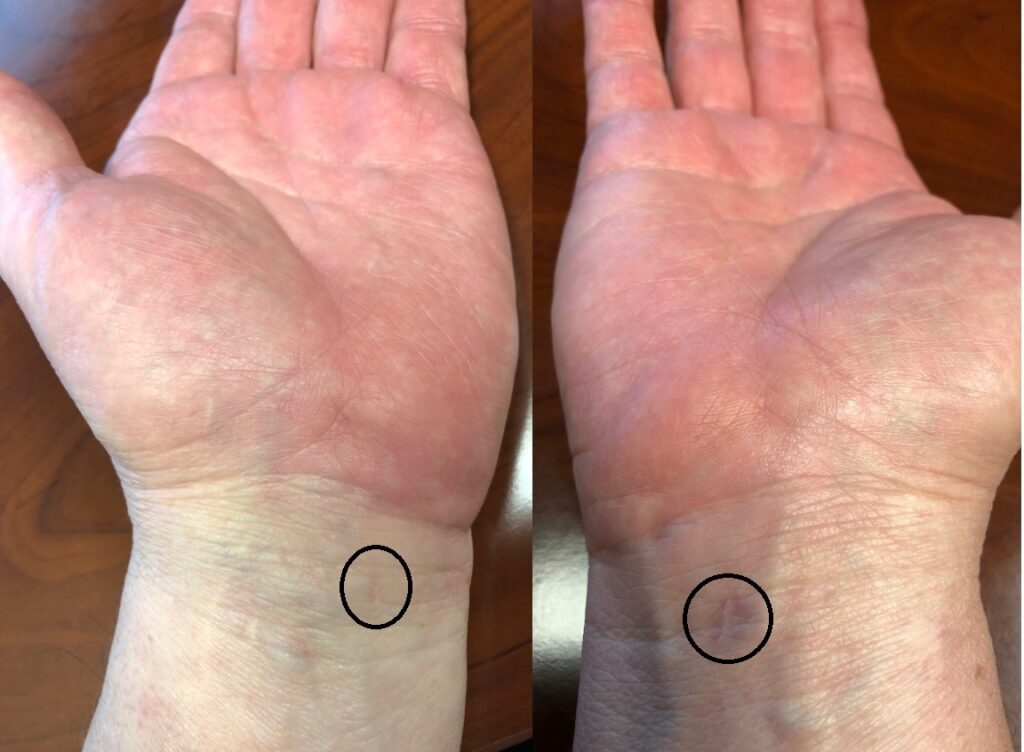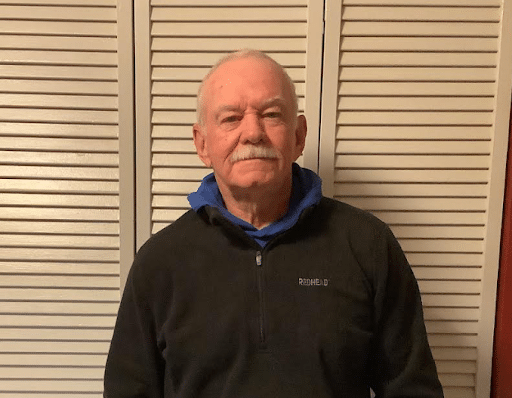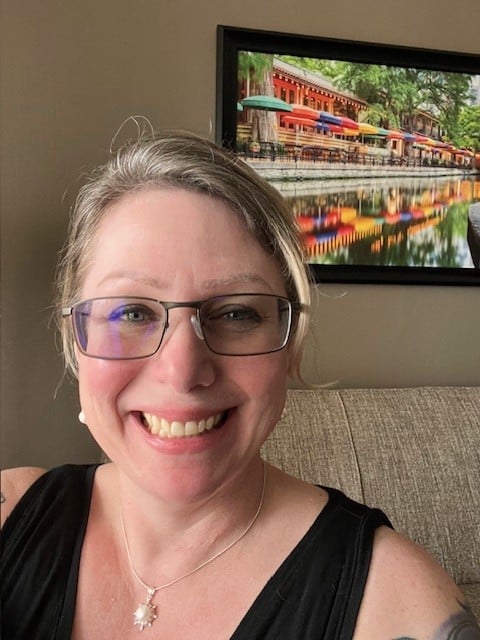
Andy, 59, describes himself as a hands-on person. When he’s not managing a power facility, he enjoys carpentry, golf, fishing, and fixing things. However, for years, carpal tunnel syndrome (CTS) has progressively worsened in both his hands, preventing him from fully enjoying these activities.
“Holding anything was very difficult,” Andy recalls. “Pain would radiate in my hand. At night, I’d often have to wake up and shake my hands to get feeling back.”
Despite the increasing discomfort, Andy delayed surgery for years, concerned about the long recovery time associated with traditional carpal tunnel release (CTR) surgery. He felt the long recovery time that followed traditional open CTR was simply not an option. “I just kept hoping for technology to catch up with something better,” he says.
A New Hope
Andy’s perseverance paid off when he learned about the ultrasound-guided CTS assessments offered by Dr. Mark F. Shoreman at EMG & Rehabilitation Physicians in Dayton, Ohio. When he and Dr. Shoreman met, they discussed CTR using an FDA clear device, UltraGuideCTR™ and real-time ultrasound guidance. Dr. Shoreman carefully explained the procedure and provided additional printed information, which Andy studied along with more material online. After learning more, Andy felt confident this was the right option for him, and he made an appointment for his release.
“Knowing that it was already a proven technology, I was really excited by how minimally invasive this technique is,” he says.
A Seamless Procedure
The procedure itself was straightforward and convenient. “I had both hands done, and there wasn’t even a stitch put in for the incisions, just a bandage,” Andy explains. “I walked out of there, got in the car, and drove home. I never had any pain at all.”
Pain-Free Results
Even more impressive were the results. Just one day after the procedure, Andy’s hands felt “much, much better.” Today, he’s able to hold and manipulate tools for extended periods with no pain or cramping.

With the advent of CTR with ultrasound guidance, Andy believes there’s “zero reason” for others with CTS to delay treatment.
“The results are just dramatically different versus what they were prior to this technique,” he says. “It is incredible—I was blown away.”
MP04032rD


